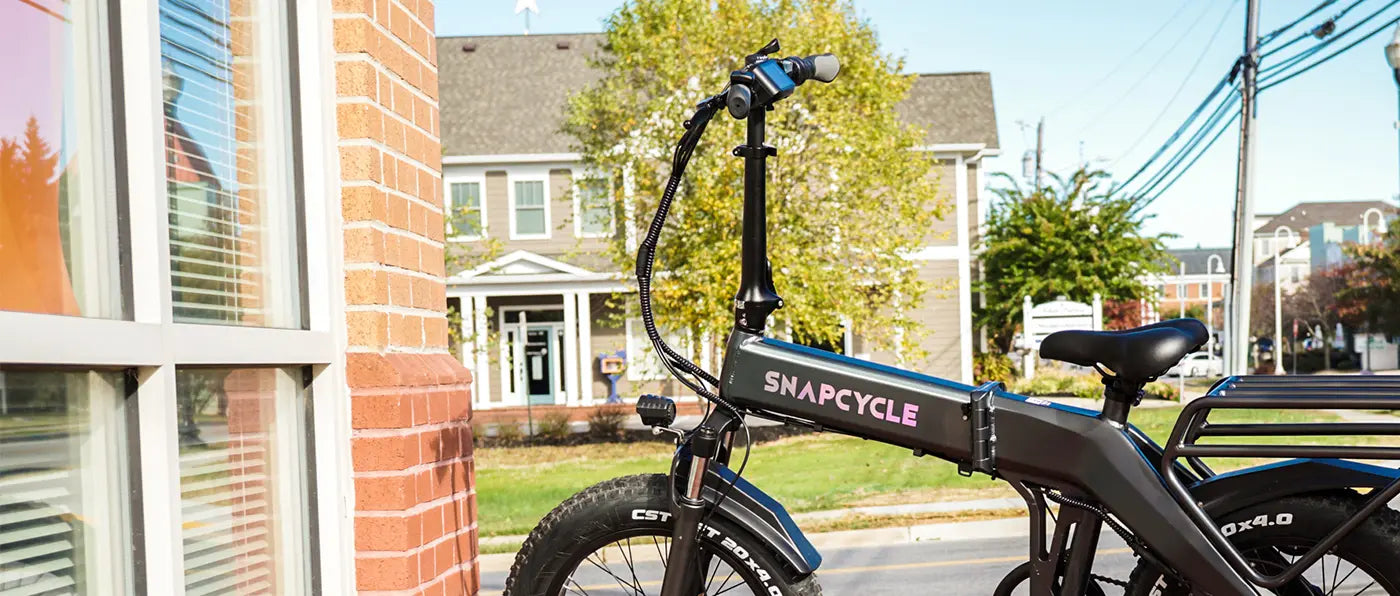As urban transportation evolves, new innovations in the cycling world have emerged, leading to the rise of electric bikes, or e-bikes. E-bikes have gained significant popularity in recent years, offering a compelling alternative to conventional bicycles. While both serve the purpose of personal mobility and recreation, they have fundamental differences that set them apart. In this article, we'll explore the dissimilarities between e-bikes and regular bicycles to help you make an informed choice when considering which one suits your lifestyle and needs.
Power Motor
The most apparent difference between e-bikes and conventional bicycles lies in their power source. Regular bicycles rely solely on human pedaling power to move forward, offering a traditional and environmentally friendly way to get around. E-bikes, on the other hand, are equipped with an electric motor that assists the rider's pedaling efforts. This motor is powered by a rechargeable battery, which adds a new level of convenience and ease to the cycling experience.
Pedal Assistance
The pedal assistance feature is what defines e-bikes and makes them stand out from regular bicycles. E-bikes come with different modes of pedal assistance, allowing riders to choose the level of motor support they desire. This assistance makes riding an e-bike less physically demanding, especially on steep hills or long distances, and appeals to a broader range of cyclists, including those with physical limitations or fitness concerns.
Speed and Range
E-bikes offer a significant advantage in terms of speed and range compared to conventional bicycles. The motor assistance allows e-bikes to reach higher speeds with less effort, making them ideal for commuters looking to cover longer distances in less time. Additionally, the range of an e-bike depends on the battery capacity and the level of pedal assistance used. Most modern e-bikes can cover distances of 30 to 70 miles on a single charge, providing ample flexibility for various cycling needs.
Weight
Due to the added electric components, e-bikes are generally heavier than regular bicycles. The battery, motor, and other electric components contribute to the increased weight, which can impact maneuverability and handling. However, advancements in e-bike technology have led to the development of lighter and more compact electric systems, reducing the weight difference between e-bikes and conventional bikes.
Cost
E-bikes tend to be more expensive than regular bicycles due to the added complexity of their components. The electric motor, battery, and specialized frame designs contribute to the higher price tag. However, the cost difference is often justified by the added convenience and versatility of e-bikes, making them a worthwhile investment for those seeking a more effortless and efficient riding experience.
Legal Considerations
E-bikes may have specific legal classifications and restrictions depending on the country or region. Different jurisdictions have varying rules regarding e-bike classifications, maximum speeds, and the need for licenses or registration. In contrast, regular bicycles are universally recognized as non-motorized vehicles, subject to standard road and traffic regulations.
Both e-bikes and conventional bicycles offer unique advantages and cater to different preferences and needs. Conventional bicycles provide a more traditional, eco-friendly, and physically demanding cycling experience, appealing to purist cyclists and fitness enthusiasts. On the other hand, e-bikes combine the joy of cycling with added convenience, making them an excellent choice for commuting, leisure rides, and overcoming physical limitations.
Snapcycle E-Bikes offer numerous advantages which provide riders with enhanced power assistance, folding capabilities, extended battery range, and perfect after-sales service. Whether you're a daily commuter, a recreational cyclist, or an adventure seeker, Snapcycle E-Bikes cater to various needs and preferences. Visit all bikes here.

